Tokyo Art Scene: Curated Collections
Design, ceramics and the ever-changing landscape of contemporary digital art
From digital canvases and intricate book design to ground-breaking contemporary ceramics, this month we highlight a curated selection of impactful artists you need to know.
While solo exhibitions provide a deep dive into a portfolio of a single creator, there’s an unmistakable charm in the curated synergy of multiple artists converging on a common theme or medium. This month, we shift our gaze to curated collections. From immersive digital art, and award-winning book design to curated contemporary ceramics, individual artistic interpretations converge into a singular medium. Read on to find your next favorite exhibition this January.
Invisibles in the Neo City
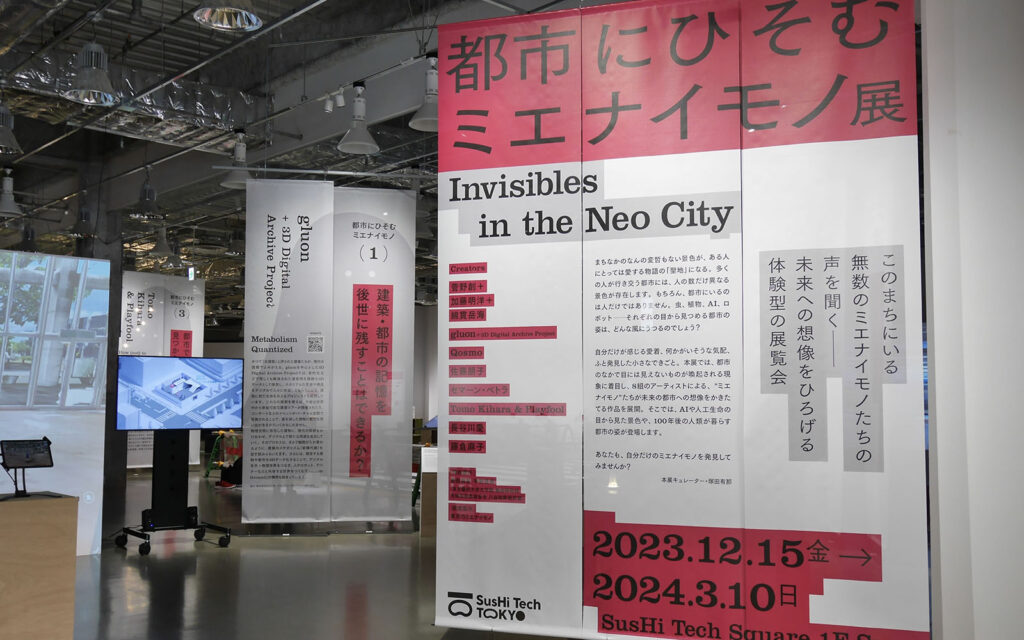 © Photo by Michele Tanabe
© Photo by Michele TanabeIn a society navigating the pathways of the digital era, the question arises: how does the medium of art intersect with this evolving landscape? Enter Invisibles in the Neo City, a recently inaugurated exhibition designed to cast a spotlight on the “invisibles” within imagined landscapes intersecting technology within urban spaces. Whether these invisibles are showing signs of existing presently or conceived by the artists within this space, this exhibition is a testament to how technology shapes our existence in urban environments and is an important precursor of what is to come.
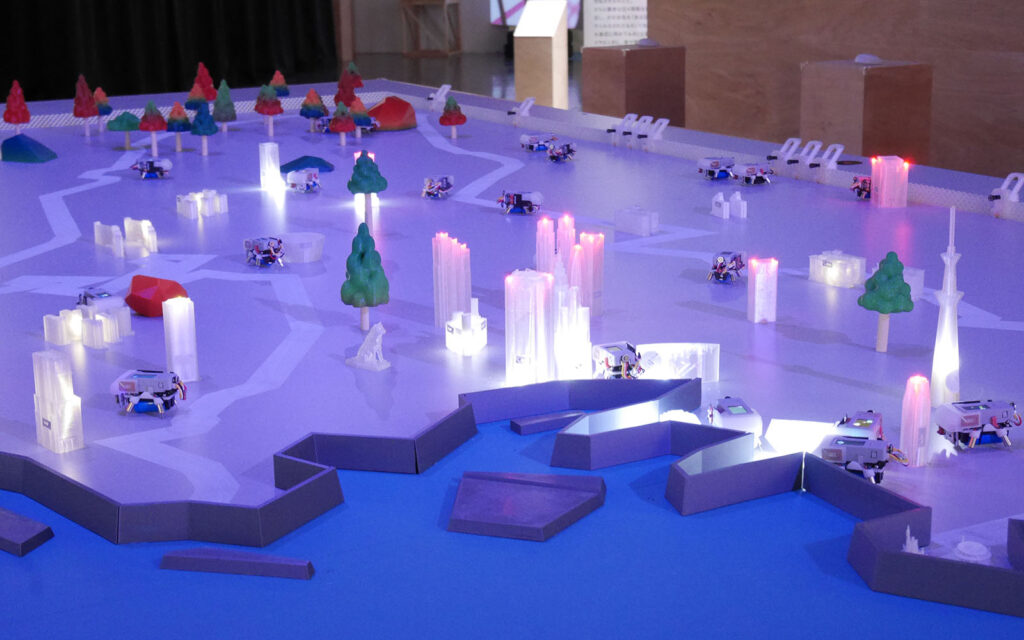 © Photo by Michele Tanabe
© Photo by Michele TanabeThe exhibition is organized into eight distinct modules, each dedicated to representing an artist along with their respective piece. Within each installation, profound questions are posed. For instance, in module one, titled Metabolism Quantized: Is it possible to preserve the memory of architecture or cities for future generations?
In this module, visitors are provided with a unique interactive experience. A tablet, facing a projected screen, grants individuals control over a character that wanders the streets of a digital world. Simultaneously, the projected screen offers passersby the chance to observe as avatars explore structures of the past that have been lost to demolition, such as the iconic Nakagin Capsule Tower. This module introduces the “Common Ground” concept, seeking to merge and immortalize the digital representations of important structures and perhaps in the future, concerts and events.
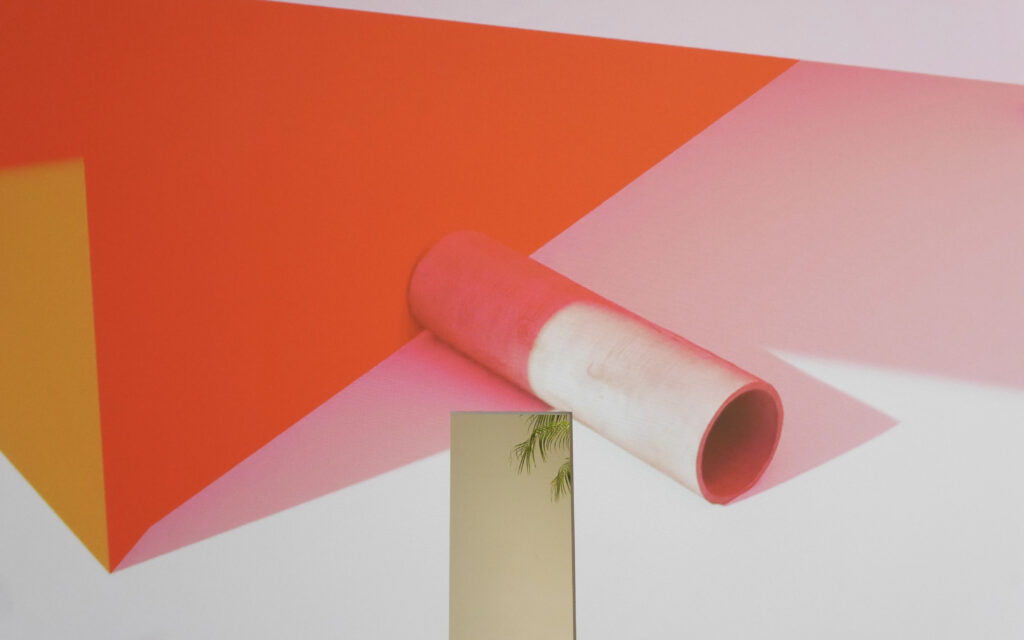 © Photo by Michele Tanabe
© Photo by Michele TanabeSpanning a total of eight modules, which includes two special exhibitions, this showcase provides distinctive perspectives and raises questions about the positive or conversely; negative utilization of technology in our evolving society. Particularly noteworthy is the provocative debate between differing personalities generated from ChatGPT in module five, Artificial Discourse: Toward a Brave New World. This exhibition not only offers interactive modules but also hosts weekly events, creating an immersive experience accessible to everyone. For a detailed schedule of participation in events, refer to the “events for anybody” tab on the Invisibles in the Neo City webpage.
- Date
- Now through Sun, Mar. 10, 2024
- Time
- On weekdays from 11 A.M. to 9 P.M. and from 11 A.M. to 7 P.M. on Saturdays, Sundays and National Holidays. Closed Mondays (except Jan. 8 and Feb. 12) and from Dec. 29 - Jan. 3, Jan. 9, Jan. 24 and Feb. 13.
- Location
- 3-8-3 Marunouchi, Chiyoda City, Tokyo - Map
- Fee
- Free
- Info
- 1-minute walk from Yurakucho station
World Book Design 2022-23
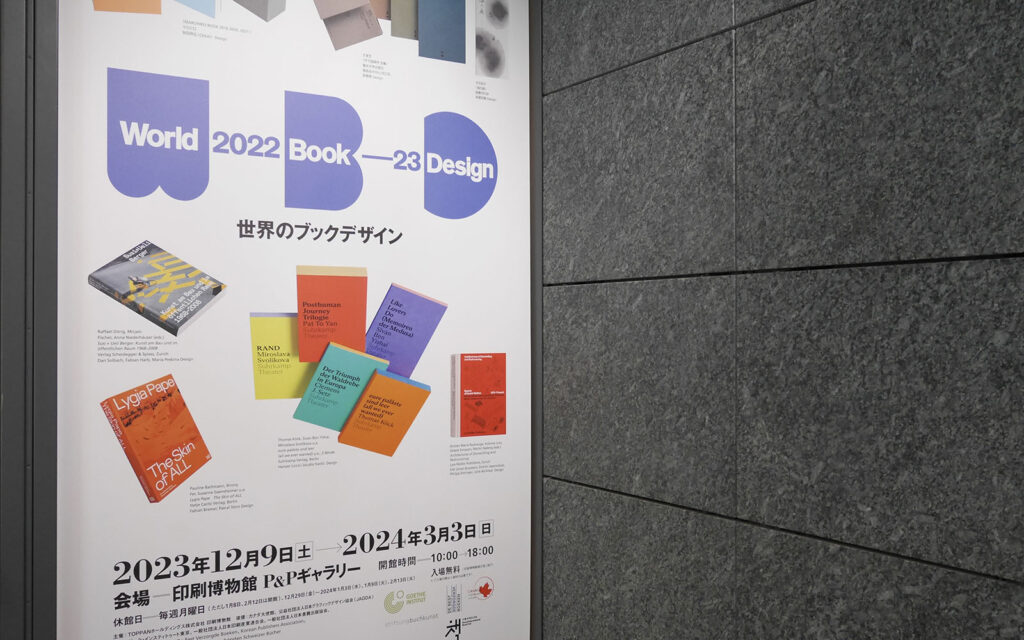 © Photo by Michele Tanabe
© Photo by Michele TanabeThough we often choose a book for its contents, the subtle craft of book design is an art form that can go unnoticed. Beyond pages of text, there’s a complex web of mechanics and creativity involved in shaping a book’s skeleton. For those with a special appreciation for the art of bookbinding and design, the 56th World Book Design exhibition at the Printing Museum Tokyo promises a delightful exploration into the meticulous process of what sets a book’s design apart from the rest.
This exhibition showcases a collection of 140 books recognized in prestigious contests like the Japan Book Design Awards and the Best Book Design from all over the World 2023. Alongside these, it features winning entries from individual design contests in South Korea, China, Germany, Canada, the Netherlands and Switzerland.
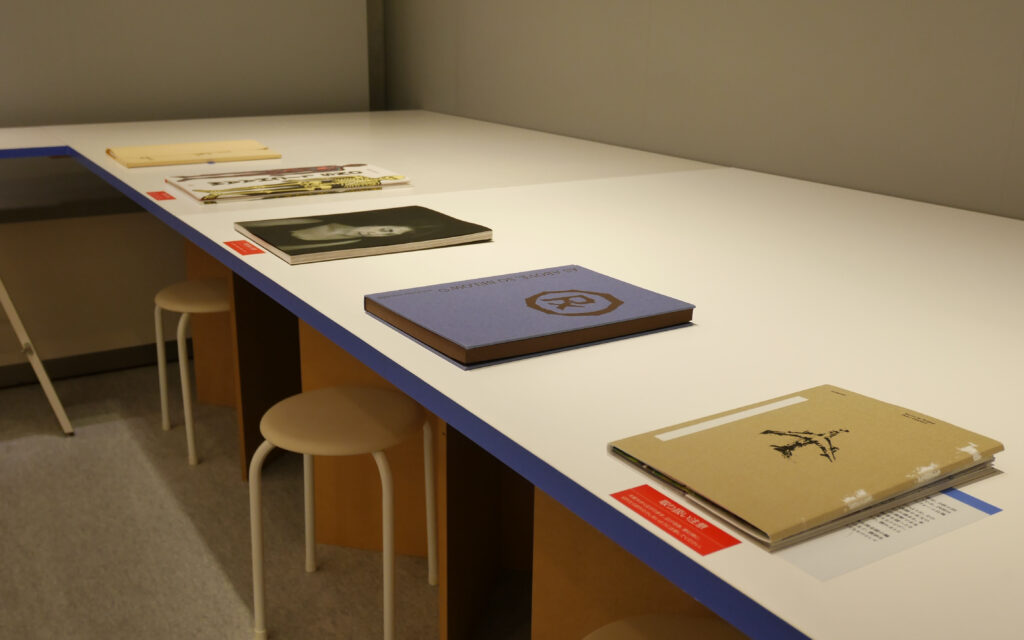 © Photo by Michele Tanabe
© Photo by Michele TanabeSome award-winning books might prompt a double-take, as seen with Danish artist Tal R’s Klovn. This softcover book defies traditional bookbinding rules through intentional design choices, such as the replication of ink-bleeding from one page to the next or the near-perfect mirroring of ballpoint pen and felt-tip markers. On the Japan Book Design Award side, a nearly glowing fluorescent orange book beckons your attention. Upon closer inspection, you’ll find that its contents, a collection of poetry by Ao Omae, defy any preconceived notions. Indeed, while it’s wise not to judge a book by its cover, the stylized cover is a deliberate part of the artistic expression.
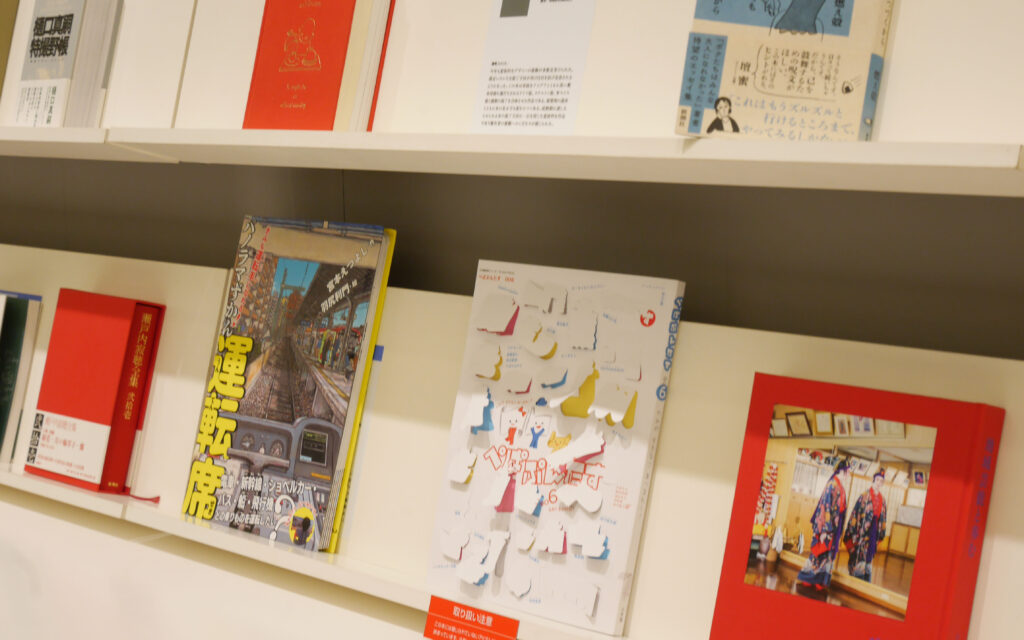 © Photo by Michele Tanabe
© Photo by Michele TanabeThe thoughtful layout of the exhibition space provides visitors with ample room to wander, sit and leisurely sift through books at their own pace. It’s indeed a rare occurrence for individuals to physically engage with an exhibition’s artistic pieces, making this exhibition a truly memorable experience. Consider visiting the rest of the Printing Museum’s offerings for more printing knowledge.
- Date
- Now through Sun, Mar. 9, 2024
- Time
- On weekdays and weekends from 10 A.M. to 6 P.M. (Closed Mondays except on Jan. 8 and Feb. 12, closed from Dec. 29 - Jan. 3 and on Jan. 9 and Feb. 13)
- Location
- 1-3-3, Suido, Bunkyo City, Tokyo - Map
- Fee
- Free (Admission fee required for individuals who wish to visit other parts of the museum)
- Info
- 8-minute walk from Edogawabashi station, 13-minute walk from Idabashi station
Kikuchi Biennale X
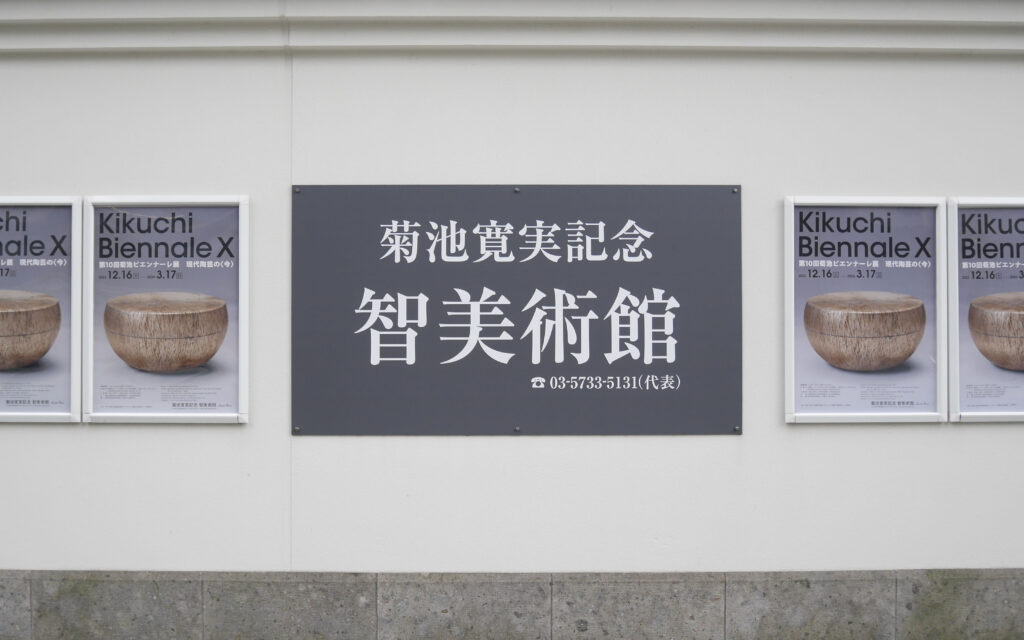 © Photo by Michele Tanabe
© Photo by Michele TanabeWhile the allure of paint on canvas is undeniable, there’s a particular enchantment in experiencing artwork from every perspective. Fortunately, this year’s Kikuichi Biennale is in full swing and the works displayed have surpassed expectations. Since its inception in 2004, this annual competition has committed itself to showcasing contemporary ceramics created by artists with various backgrounds and skills. Out of the 359 entries submitted this year, 53 outstanding works, including five grand prize winners, have been selected for display.
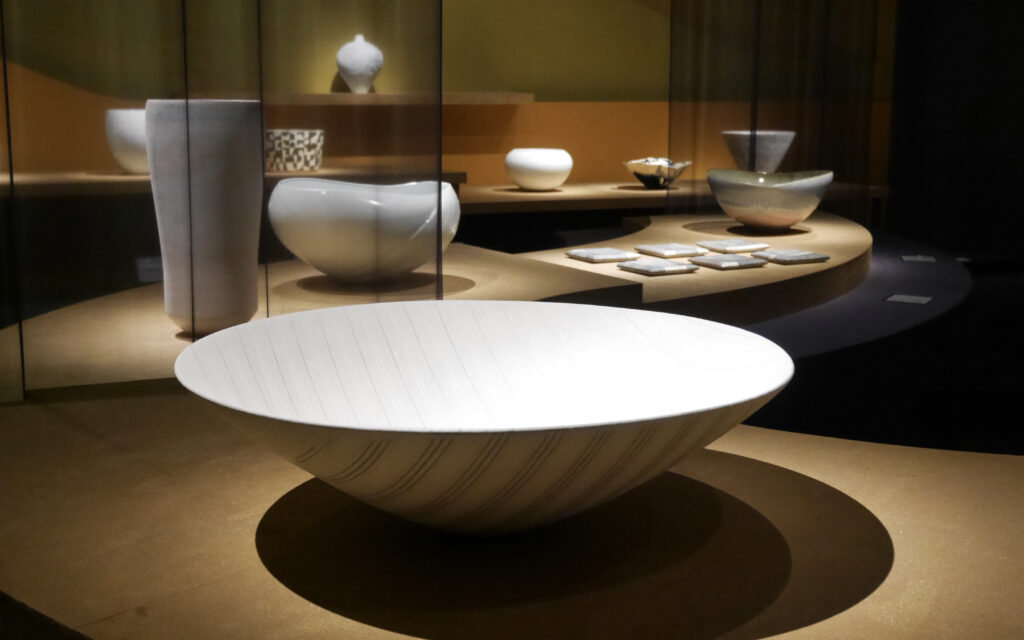 © Photo by Michele Tanabe
© Photo by Michele TanabeThe museum was founded by ceramics collector Tomo Kikuchi, who was inspired by the unexpected beauty of contemporary ceramics. The interior of the museum possesses a distinct personality, evident from the moment you descend the winding staircase into the exhibition hall. It becomes apparent that every corner of this space has been meticulously considered.
The grand prize and semi-grand prize pieces are displayed individually, each pulling you in a different direction. It’s impossible not to be drawn into the details, risking the chance of losing yourself in the playful combination of silver and faint turquoise seen in Kazue Wakabayashi’s Porcelain Container with Overglaze Enamel and Silver “Bright.” Simultaneously, you might find yourself astonished by the earthy yet industrial textures of Shuri Usami’s work Towa. Both pieces are drastically different, yet stand as winners in their own right.
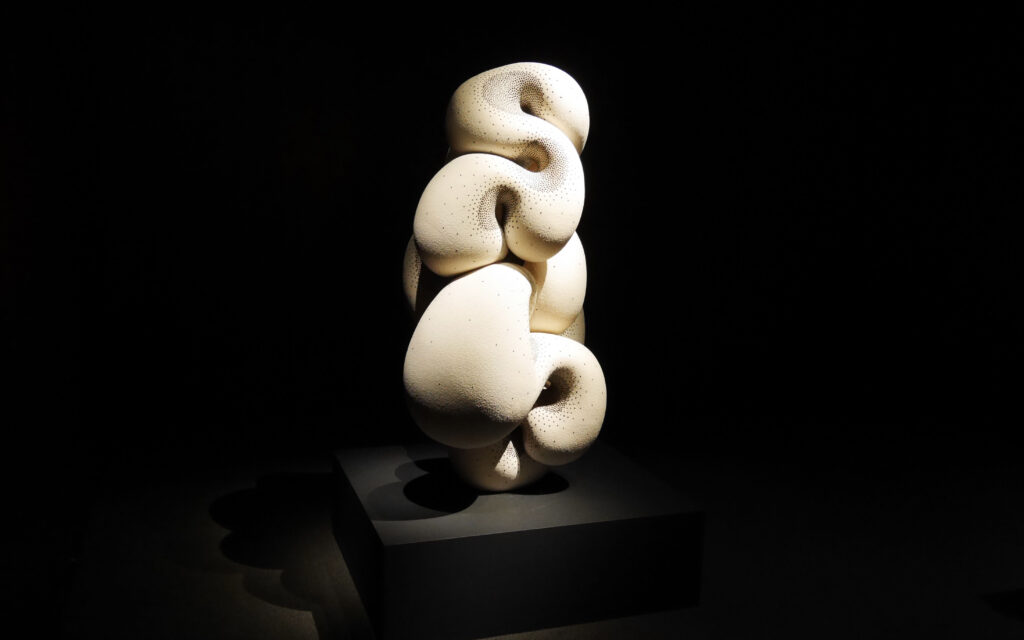 © Photo by Michele Tanabe
© Photo by Michele TanabeMoving further into the exhibition hall, the full collection comes into view. The museum’s backdrop coupled with spotlights beaming down on each piece, creates an atmosphere that naturally commands a respectful silence. While winners were chosen carefully by seasoned judges, it’s only human to pick a favorite among those on display. Whether it’s a more traditional vessel, such as an icy blue bowl that briefly transports you to the Palace of Versailles, or works that resemble faces or structures from the living world, you’ll leave this exhibition with unexpected emotions and a sudden urge to enroll in a ceramics class.
- Date
- Now through Sun, Mar. 17, 2024 (Closed on Mon)
- Time
- 11 A.M. - 6 P.M. (Last admission from 5:30 P.M.)
- Location
- 4-1-35, Toranomon, Minato City, Tokyo - Map
- Fee
- ¥1,100 (Adults), ¥800 (University Students), ¥500 (High School Students and under), Free for infants, persons with a disability certificate (+1 compansion free)
- Info
- 6-minute walk from Kamiyacho station, 7-minute walk from Tameike-sanno station and 8-minute walk from Toranomon station
Which of these curated collections are you most excited about visiting? Share your thoughts below!
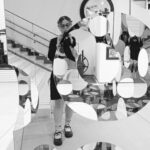











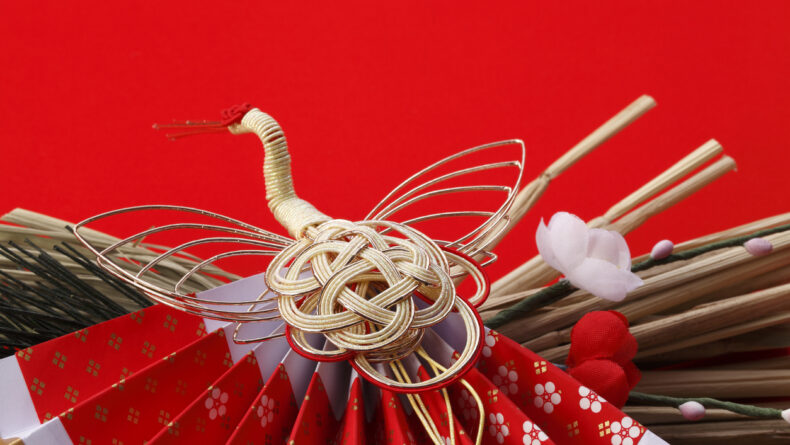
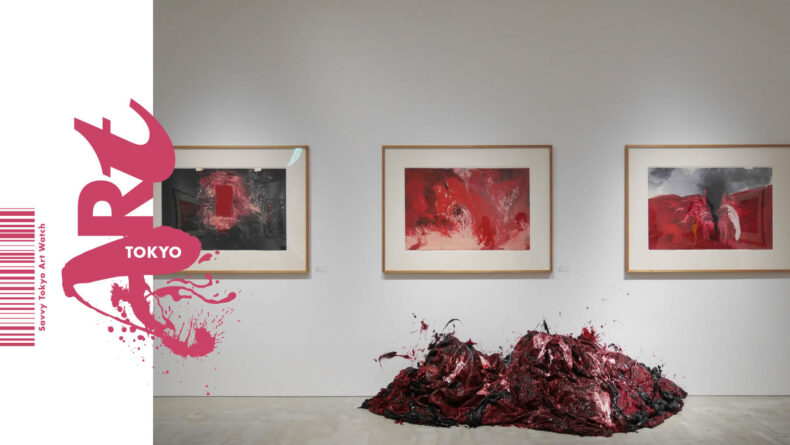
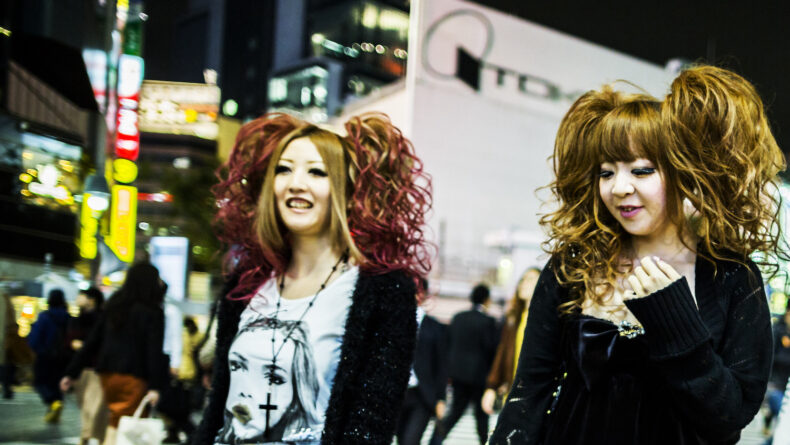
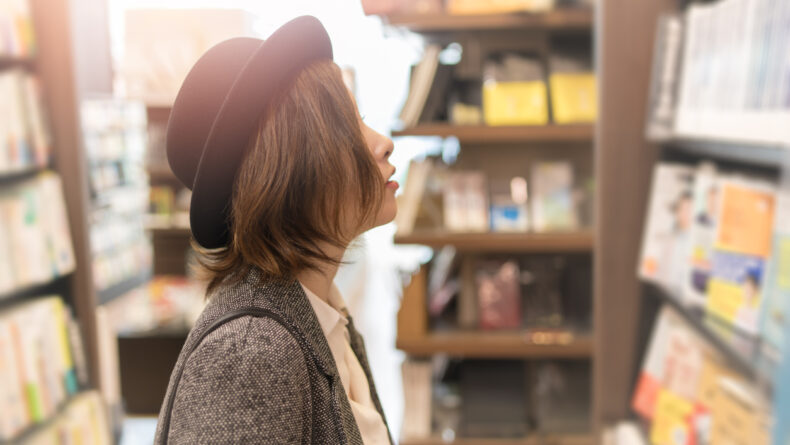
Leave a Reply